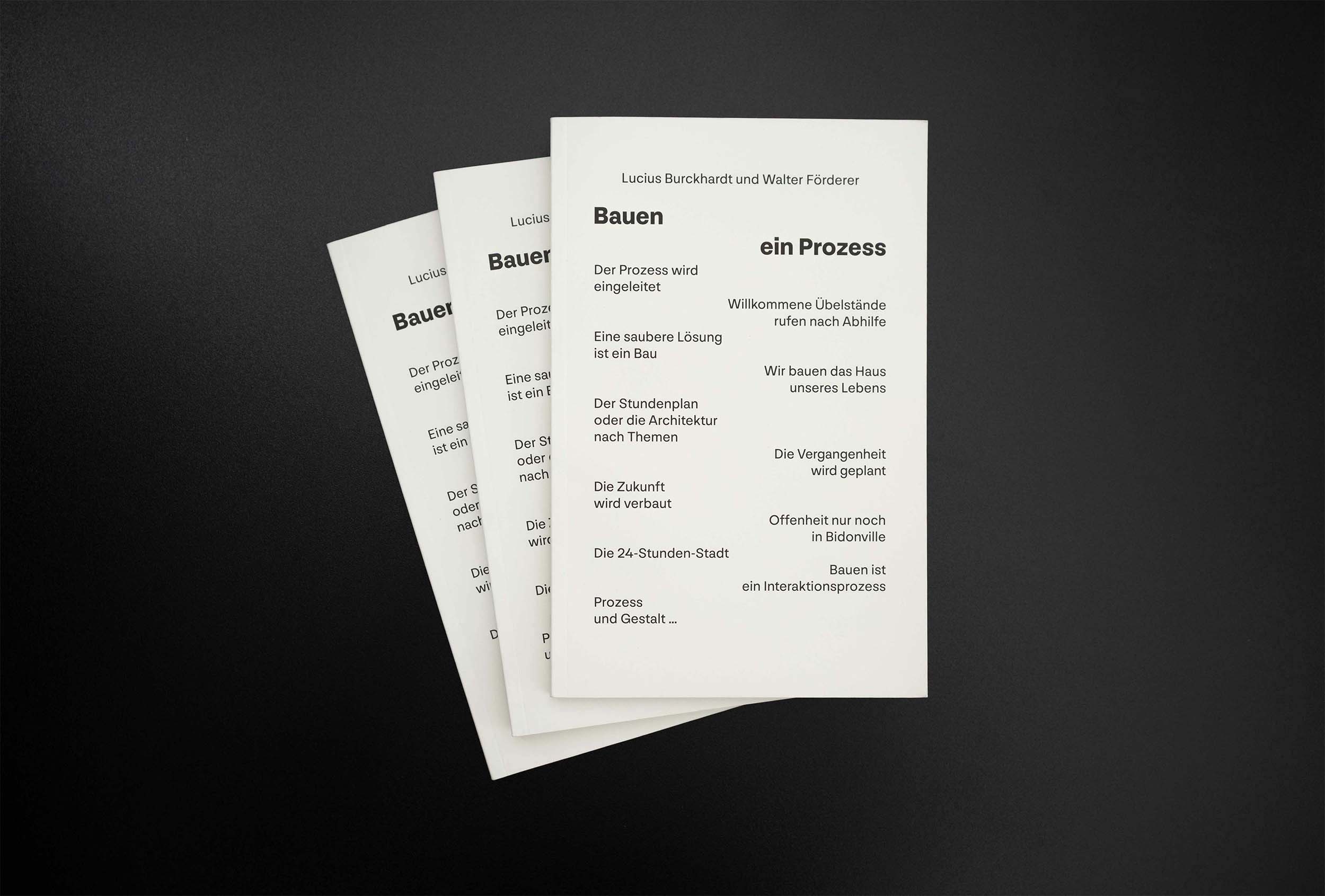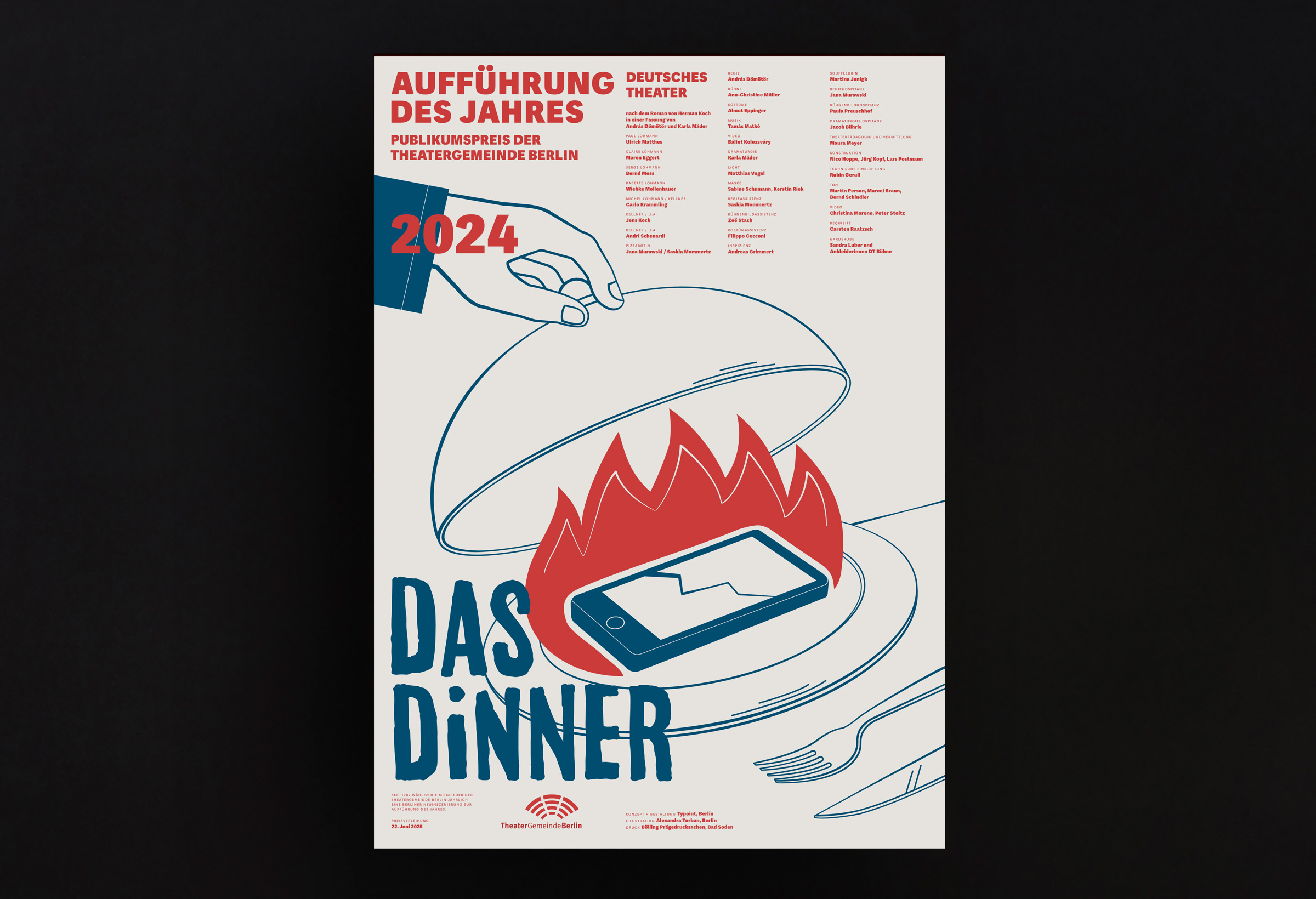In conversation with Christian Stindl. Author of”Script — About the nature of writing”.

What inspired you to write this book about the future of writing?
I've always had a great affinity for signs and their systematics. While studying visual communication with a focus on typography at the University of Art and Design in Basel, I then worked intensively on the Latin sign system and developed an initial approach to an alternative phonetic character set.
However, the impetus for writing the book came about much later and originated in an attempt to capture the style of my own handwriting in a broadly developed publication consisting of various styles. My goal here was to only create the basic skeleton of the individual characters in order to then be able to generate the contours of the different font styles (humanist, classicist, etc.).
The research of existing projects and tools that go in this direction finally formed the basis for my decision to summarize these contents and considerations in a book.
Why do you think the Latin writing system has reached a critical point?
The book is based on a speculative approach and is based on the premise that the structure of the Latin sign system does not correlate with the languages covered by it. It is therefore a structurally inconsistent system, for which better options could possibly be developed.
In the end, I was concerned with the fundamental principle of questioning things (in this case the Latin sign system), which we regard as seemingly given and irrefutable, and the associated question of potential, substantial innovation.
One aspect that I have actually somewhat ignored in this context in my book is that of identification. We have now become accustomed to the structural deficiencies of the Latin sign system and are therefore reluctant to make major changes. Therefore, we will probably be able to get by with the Latin system of signs for a certain period of time.
How does writing influence how we think and act in the digital world?
The process of writing and, incidentally, of reading is first and foremost a fundamentally linear principle and our previous thinking and action are embedded in this static logic. According to Flusser, however, this linear reading of texts is replaced by immediate viewing of images.
In this sense, we are confronted with a new logic of perception and processing of information, which will ultimately significantly influence our thinking and action and will therefore change it sustainably. The opportunities of the digital world are further potentiating this development.
What role does artificial intelligence play in the font design of the future?
I think it will depend above all on where AI tools are used sensibly and purposefully during the design process. For example, you can use AI as a source of inspiration for conceptual work or as an experimental tool in the further individual design process.
However, if we misunderstand AI as a way to generate font design quickly or, for example, cost-effectively, in order to be able to evade licensing rights, there is a risk of a glut of formal-like derivatives of existing design approaches.
Her book explores various stages of writing, from calligraphy to typography to digital innovation. What does the development of writing look like for you over the next few decades?
According to Noordzij, characters are the visual result of constantly recurring, idealized movement sequences. In this regard, in my book, I outline potential approaches on which, for example, a novel sign system could be built in the future.
Looking back at the development of writing, it is clear that technological innovations have always had an effect on the formal form of writing. However, the script was also necessary in order to achieve those technological innovations in the first place.
The central idea, which has been bothering me for quite some time now and which was ultimately also the trigger for writing this book, is based on the assumption that sooner or later we will reach a point of technological development at which the previous writing system will become superfluous.
How can font design be realigned to meet these challenges?
The formal design of lettering is primarily based on the individual intention of the respective designer and is therefore a form of artistic expression.
I particularly appreciate the strong systemic understanding of type designers and I also admire their persistence, which requires the development of a comprehensive character set.
If you now assume that new technologies always have an effect on the formal appearance of writing, then I would be more interested in exploring the specific aesthetics of current technological developments than, for example, the formal reproduction of traditional forms of writing with these novel tools.
With regard to any development of a novel writing system, interdisciplinary cooperation with experts from other fields, such as linguistics, would certainly be absolutely necessary.



